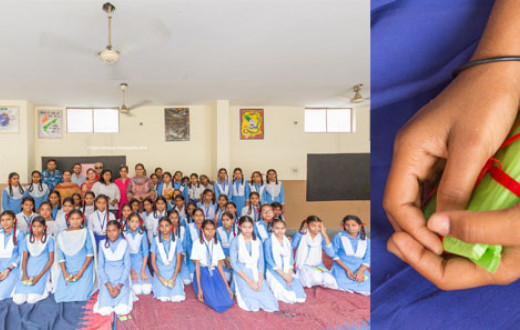Overview
“I was not aware that I have a coughing problem and chest pain because of chulha smoke.”
Nearly every woman in rural Satara in Maharashtra had a similar story to share when we started our work promoting smokeless chulhas.
Indoor Air Pollution (IAP) is primarily caused by the release of carbon monoxide and other particles into the house due to the use of solid biofuels for cooking. This disproportionately affects rural women who spend a large proportion of their time cooking indoors. More adversely affected are the infants who are usually around their mothers while they are cooking. WHO estimates that every year nearly 400,000 children under the age of five die due to IAP.
We worked in over 100 villages of Satara district and helped the people understand that the primary reason for their respiratory problems was the smoke from the chulhas. We educated them about smokeless chulhas as an alternative method. In the two years of our work, over 1700 families adopted smokeless chulhas.
What change did we bring?
We reached out to over 4500 people in Satara district, educating them about indoor air pollution and simple solutions through which it can be avoided. Today, many of the women have adopted smokeless chulhas because of our efforts, and they now enjoy better health.
How does the journey look so far?
- 107 villages educated on IAP health issues, related risks and mitigation steps
- 4590 people sensitized on the IAP issue through various programs
- 1700 families adopted improved cookstoves
- 160 Zilla and Gram Panchayat members sensitized during the project
- 81 youth leaders empowered and trained to work on IAP projects for ongoing sustainability
- 2336 villagers in target blocks given demos on the smokeless cookstove
How did we work?
In the first phase of the project, we selected enthusiastic youngsters from within the community. These youngsters were given focused training as a part of our YLTP program, and they went back into the community conducting awareness drives, smokeless chulha demos and bringing stakeholders together. Their local presence continues to ensure the sustainability of the project.
What did we learn?
A lot of families wanted to switch to smokeless chulhas but could not do so owing to lack of availability of micro-financing options. In this particular project, we learned that financing is one of the biggest hurdles in social and development projects.
How can you contribute?
We are trying to help more villagers adopt smokeless chulhas and to improve the overall health of the community. We are actively seeking private and government support for these efforts.

















